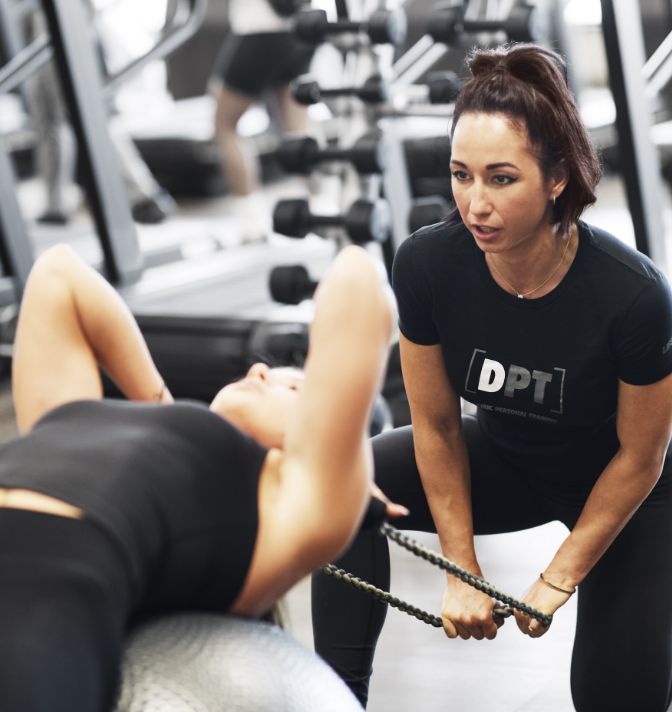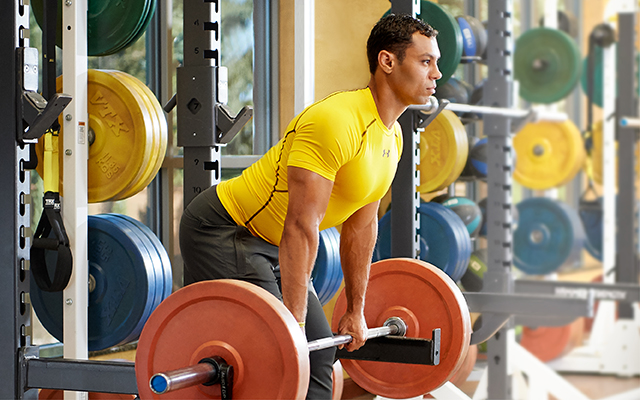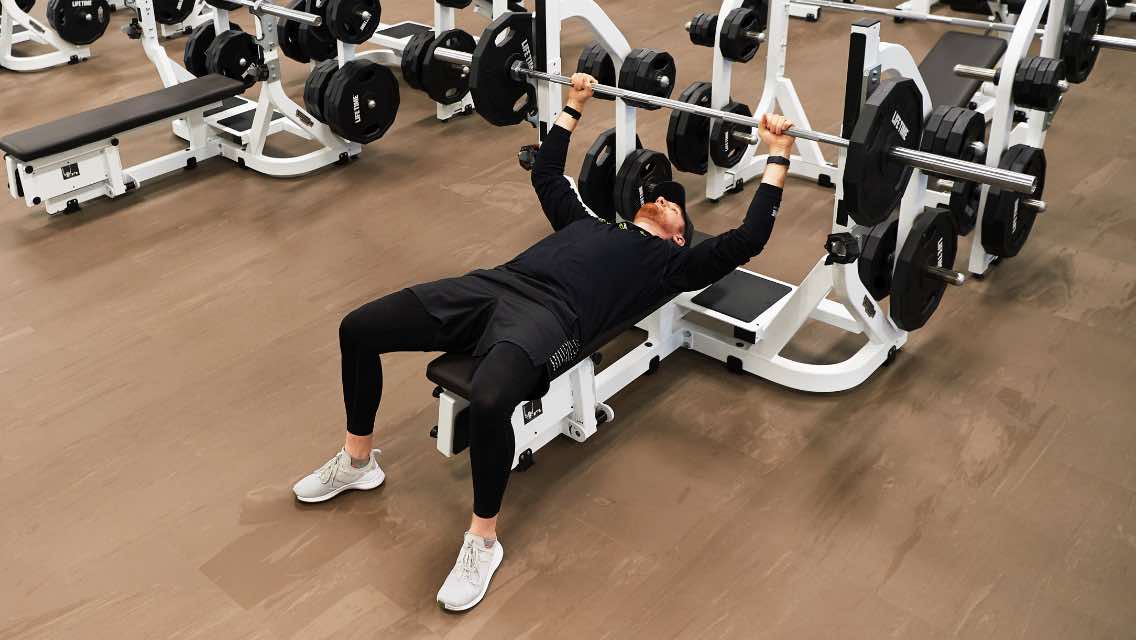As hard as you may try to follow a strength program, life inevitably throws a few curves your way. Maybe it’s a scheduling obstacle, recovery from an illness or injury, or some other roadblock. When that “perfect” workout is out of reach, you may be tempted to skip it altogether.
Learning how to tweak your workout through exercise modifications and variations can help you avoid the panic and frustration many of us feel when things don’t go as planned. And it may ultimately help you see better results from your routine.
Knowing how to adjust your resistance routine — or working with a trainer or coach who does — will give you more control over your workout, helping you stay consistent with exercise. You’ll be able to tweak exercises that cause discomfort or pain, work around issues like a lack of gym access or equipment, and continue working toward your goals while — hopefully — getting more enjoyment out of your effort.
“It’s no fun doing an exercise routine that hurts or is boring,” says Life Time personal trainer Jennifer Blake, RKC-II.
Modifying exercises and trying different variations can also prevent your progress from stalling out.
“As muscles begin to adapt to a stimulus, progressing an exercise by modifying its execution can be exactly what the doctor ordered to continue seeing gains and adding strength,” says Toronto strength coach Lee Boyce.
Modifications are ways of adjusting an exercise so it’s easier (or more challenging) for you. For example, if you feel discomfort in your lower back or hips during a deadlift, one way to modify the exercise is by elevating the barbell, dumbbells, or kettlebells on yoga blocks or stacked weight plates so you don’t have to bend over as far, Blake says. You can also modify your body positioning: Try adjusting your foot or hand position to find a setup better suited to your physiology and needs.
The number of modifications for each exercise may seem endless, but sometimes you need to make a bigger change to get the results you need. That’s where exercise variations come in.
Variations are different versions of an exercise within the same movement pattern. “A deadlift is a hinge movement, and within that movement lies a number of different exercises, including Romanian deadlifts, sumo deadlifts, and kettlebell swings,” Blake explains.
When you can’t do your workouts exactly as written, find ways to adapt them to your environment, abilities, and goals.
“Knowing how to change a movement to suit you and how to add in different exercise variations will keep your work-out challenging and enjoyable,” she says.
Creating Better-for-You Workouts
How you tweak your workout will depend on your overall goals and what you’re trying to work around, such as joint pain, lack of equipment, or exercises that are too easy or too challenging. Below are some basic solutions that can work for a variety of needs.
When Exercises Are Too Hard (Or Too Easy)
There are many ways to modify the difficulty of strength exercises:
- Adjust the range of motion.
- Change your body angle and foot or hand position.
- Swap equipment, such as dumbbells, barbells, kettlebells, or machines, or try body-weight-only moves.
- Choose a different variation altogether.
Consider ways you can manipulate these variables to make an exercise a better fit for you, advises Boyce.
For example, if your exercise program includes pushups, but you can’t get through an entire set, modify the exercise so it’s less challenging. “Elevating the hands allows you to start with less of your body weight than using a lower hand position,” Boyce says. Position your hands as high as needed (on a box, bench, railing, countertop, or wall) so you can complete your reps with good form. As you get stronger, bring your hands closer to the floor.
On the flipside, if regular pushups don’t challenge you enough, experiment with different hand or foot positions (stagger your hands or feet, widen or narrow your base of support, or lift one limb off the floor), have a training partner place a sandbag or weight plate on your back, or switch to plyometric pushups.
When Exercises Cause Discomfort or Pain
If an exercise is uncomfortable — or even painful — the first step is to consult with a medical professional to determine if you need treatment. Once you are cleared to exercise, you don’t necessarily need to avoid the movement that causes discomfort. Rather, experiment with different variations until the move feels better. Even small adjustments can help you complete movement patterns that might ordinarily cause you pain.
“Switching to a neutral grip using dumbbells, compared with a palms-forward grip using a barbell, can be a real shoulder-saver for injury-prone lifters when doing overhead press movements,” Boyce says.
Or, if jumping movements like jump squats, burpees, or box jumps cause discomfort, joint pain, or incontinence, try dynamic moves that don’t involve your feet leaving the floor. “Medicine-ball slams, battle ropes, and kettlebell swings are a few good options,” Blake says.
When You Can’t Get to the Gym
If you’re at home without a full gym’s worth of equipment, resist the urge to skip your workout altogether. Instead, approach it with an open mind.
“Look at what equipment you have, the exercises you know well, and how you want to feel when you work out,” Blake says. “Then go from there.”
Can’t do the barbell bench press your program calls for? Think of ways to re-create that movement with the tools you have available. Look for things you might have around the house that could replace the barbell (such as dumbbells, a sandbag, or bottles of laundry detergent). If you come up empty, consider other exercises that target the same or similar muscles (like pushups).
When to Move On
The one time you won’t want to make too many changes to your program is when you’re working toward a specific goal. For instance, training for strength sports is highly specialized.
While you might still be able to get generally stronger and fitter, training for a bodybuilding competition with at-home body-weight-only moves probably won’t be enough. Neither will cutting back on squats from your powerlifting program due to discomfort.
Likewise, if you’re aiming to achieve your first pull-up and don’t have access to a bar or other vertical upper-body pulling equipment, your progress will likely be limited.
If modifications and variations drastically change your specific strength program, it may be better to choose a different routine, or work with a coach to find one that suits your current needs and resources.
This originally appeared as “Personalize Your Strength Routine” in the January/February 2021 print issue of Experience Life.





This Post Has 0 Comments